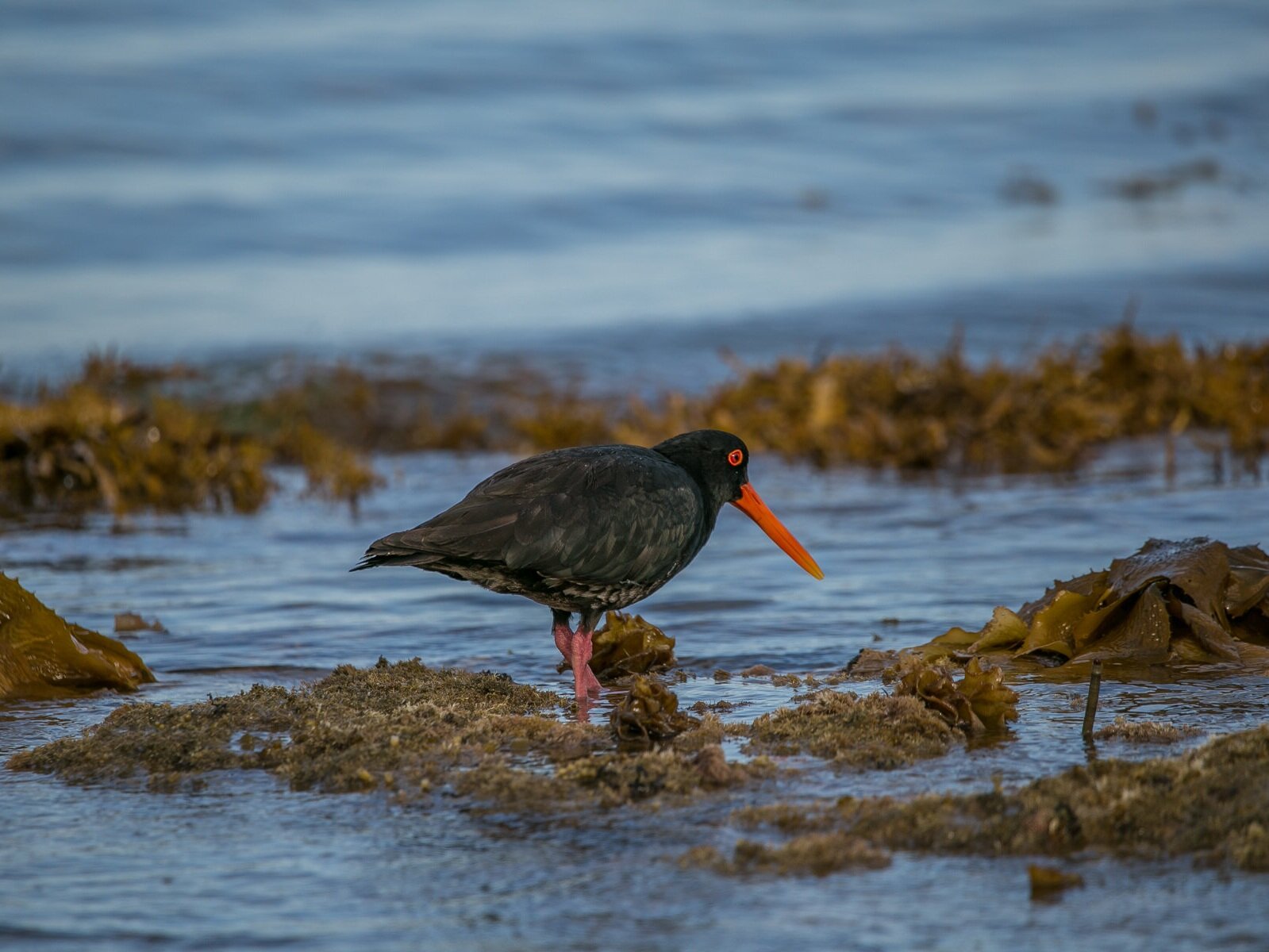
Motutapu Native Wildlife
Boasting with Biodiversity
Motutapu is a taonga (treasure) with many historical and natural places. It was declared pest-free in 2011 after a four year eradication programme which has created a safe haven for our precious flora and fauna in New Zealand — both land, sky and sea. Since 1993, the collective effort within Motutapu Restoration Trust has restored the island from stripped pasture due to farming, to incredible forest and bush regeneration for all native species to thrive.
Land.
Motutapu Island adjoins Rangitoto which is home to the world’s largest pohutukawa forest. Volunteers have planted 450,000 native trees. There are four different habitat types that support our most loved wildlife and some of NZ’s rarest, flightless birds. Birds commonly found include Coromandel Brown Kiwi thanks to Kiwis for kiwi and takahē thanks to the Takahē Recovery Programme. Pāteke/brown teal are the rarest waterfowl on the mainland but also call Motutapu Home, as well as five native lizard species, freshwater crayfish and NZ’s native eel.
Land Habitats for Native Species on Motutapu Island
Forest.
The 100th brown kiwi was recently released on Motutapu Island as part of the programme Operation Nest Egg run by Kiwis for Kiwi. These kiwi are placed in a burrow in native forest planted by Motutapu Restoration Trust volunteers.
Grassland.
Takahē were once considered extinct, but were rediscovered in 1948 in the tussock grasslands of the Murchison Mountains. They are unique flightless bird and a conservation icon so we are privileged to share the island with them.
Wetlands.
Pāteke/brown teal are the rarest waterfowl on the mainland, but there is a population that lives on Motutapu Island. There are currently estimated to be between 2,000 and 2,500 pāteke living in a wild state in New Zealand.
Rivers/Lakes
Freshwater ecosystems is used by a variety of native plants and animals, some unique to New Zealand. Motutapu Island is home to redfin bullies (fish), koura (freshwater crayfish), and as four other native fish species.
Sky.
Motutapu Island has a wide range of both native, endemic (only found in New Zealand) and exotic birds. It is estimated that there are 61 identified bird species, which are increasing every year due to ongoing pest management and control. On the walking tracks you’re likely to see native and endangered species such as tui, piwakawaka, kereru, kakariki, ruru, tiekē, popokatea, and kaka. It is incredibly special to see any of these birds because of how rare they are.

Tui

Popokatea/Whitehead

Kereru/New Zealand Wood Pigeon

Tiekē/Saddleback

Ruru/Morepork
Sea.
Motutapu Island is part of the Hauraki Gulf Maritime Park with an abundance of marine life, rare seabirds and shorebirds. Marine life includes dolphins, whales, baby parore, spotties, kina, crayfish, eagle rays, triplefins and snapper. Seabirds include the red-billed gull, and black-billed gull and shore birds include the incredibly rare New Zealand Fairy Tern (with fewer than 40 left), the threatened New Zealand dotterel, and variable oystercatcher.

New Zealand Dotterel. Photo: James Gow

Endangered Fairy Tern

Variable Oystercatcher. Photo: James Gow
Which native species do you want to see the most?
The island’s biodiversity boasts the following…


























